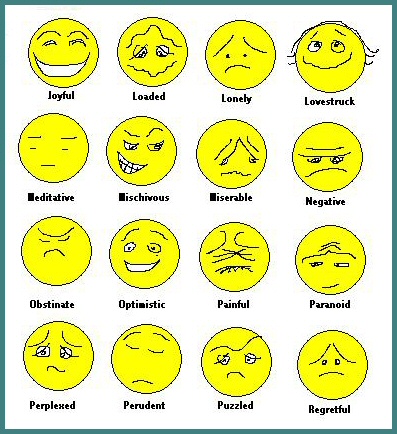you can’t have too many keywords
This is a post from my other blog, Nine Paths (exploring the highways and byways of the Enneagram), It’s pretty popular over there, and since I wrote about journaling here last time, I decided to rerun it. I’m currently working (journaling) with a list of keywords I’ve come up with as a result of some list-making exercises. I have to say that keyword journaling has probably been the most profound journaling I’ve ever done.
~ ~ ~
KEYWORDS:
THE MADELEINES OF JOURNAL WRITING
Before starting this post, I went into the closet in my office in search of three plastic sandwich bags full of folded slips of different colored paper with words typed on them. I’ve used those bags (and words) in my own creative writing exercises as well as in writing workshops. I found one bag full of lime green nouns, one bag full of fuchsia verbs, and one bag full of teal adjectives. I opened the teal bag without recalling what kind of words were inside and pulled out new. New is good—and so apt for the beginning of a post!
I’ve been playing around with individual words and phrases for decades. My Stance Keyword Comparison Checklist was an outgrowth of a long-term fascination with arranging and grouping words that seem to evoke a concept or a mood or an attitude or a way of being. Sometimes it’s easier to gauge your reaction to a list of keywords than it is to read through narrative descriptions. A single word can send you off on a journey, much like the madeleine that sent Marcel Proust off in Remembrance of Things Past.
When I was a substance abuse counselor, I used a two-page handout called “How Do You Feel Today?” It consisted of 140 words that described feeling states, each one illustrated by what was essentially an emoticon (although I’m pretty sure the handout pre-dated emoticons). It wasn’t in color, but it looked a little like this example (without the misspelling).

Then I came across a laminated poster based on the same concept, but with far fewer than 140 feeling words and emoticons. It was standard practice at the beginning of group sessions at the clinic for everyone to take turns checking in to let the group know how they were doing and what had transpired since the previous week. I wondered what would happen if we switched to using the feeling words poster in place of the usual check-in. So one day I stuck the poster on a wall and asked everyone to take a long look at it before sitting down so they could find the word that best represented how they were feeling or the state they were in at that moment.
The results were amazing and quite profound. Check-in took a fraction of the time. No one felt compelled to elaborate. And we all agreed we had a much better sense of what was going on with each person than we’d had with the standard check-ins. My take was that having to come up with a single word caused them to really focus and get in touch with how they were doing on a deeper level. It helped them make a transition so they could be fully present at the start of the session. It seemed that previously it had taken the entire check-in period before everyone was “present.” So, by unanimous agreement, we stuck with the feeling words check-in from then on.
Keyword Journaling Exercises
Keywords can be incorporated into a number of different journal writing exercises and techniques. A few suggestions:
- Use a single keyword or a string of keywords as a prompt for timed flow writing.
- Mind-map a keyword (as an option, when your mind-map is complete, finish with a period of timed flow writing).
- Make a grab bag like my plastic sandwich bags by cutting out slips of paper and writing keywords on them. Pull one out at random to use as a writing prompt.
- Create a sentence or a question around a keyword to use as a writing prompt.
Related:
- Glad Tidings (givemeadaisy.com)




that almost sounds like a challenge! You do remember how I can overdo almost anything, right?
Maybe you can have too many keywords. 🙂
Hi Joycelyn – what exciting exercises! I would so love to borrow these for some journaling workshops that I’m leading soon.
And by way of an alternative at my writing group the other day we each wrote down 26 words – one for each letter of the alphabet, then passed our lists on to our neighbour whose challenge was then to write a poem of piece of prose containing all the words.
And I wonder if the difference between creative writing and reflective writing is in the number of words – with the first there are lots of words trying to create one meaning or significant point, whereas with reflective writing you take one key-word and mine it for all its meanings, significances and resonances…? (long sentence, sorry!)
Anyway – thanks for a beautiful blog.
Juliet
Juliet,
I hadn’t thought about it that way before, but I think you’re right about the difference between creative writing and reflective writing. It’s amazing how much you can come up with–and how deep you can go–with a single word or phrase.
I like the 26-words exercise. Sounds like it would be creative on both ends–first coming up with the words and then using them in a piece of writing.
The more the merrier when it comes to participating in journal writing and sharing ideas and exercises. I’ve learned a lot from books and workshops and other people in general.
I really enjoy your blog, too. Hope the workshops are great! 🙂
Joycelyn
Pingback: Keywords: Power Containers « Container Chronicles